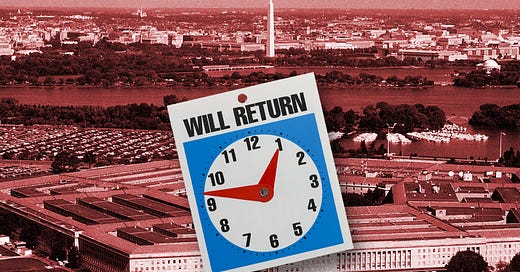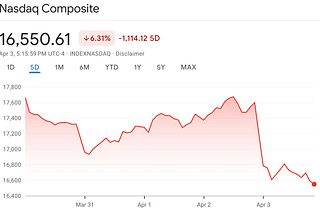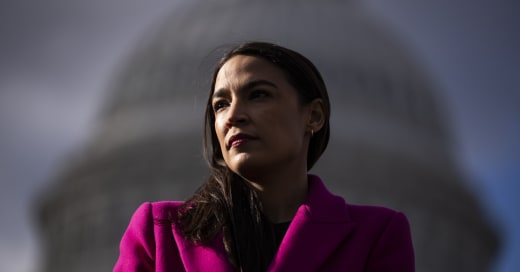The Pentagon’s Transparency Problem
Why a perennial challenge—balancing the need for secrets with the need to know—has grown worse under Trump.
The Trump administration’s Department of Defense has a transparency problem. It antedates the current secretary of defense, Mark Esper, but it has not improved much on his watch, and has even intersected with the coronavirus crisis: Earlier this week, Esper ordered U.S. military bases to stop releasing the specifics of COVID-19 infections.
The general problem extends beyond the Pentagon’s openness to the press: Last month, the DOD asked Congress for permission to drastically cut back on the unclassified information it makes available to Congress and the public about the annual military budget.
Pentagon correspondents I have talked to tell me that the department has increasingly been using the “For Official Use Only” label to prevent the press from accessing official documents. This label is used for documents that are not classified, but that, for some reason, department officials don’t want to be accessible to the public.
Last December, the Project On Government Oversight, a nonpartisan government watchdog group, published a damning analysis of the DOD’s transparency problem. Since the Trump administration came into office, the department has been receiving significantly fewer requests for accessing public records under the Freedom of Information Act statute (FOIA), which makes sense when one recalls that the U.S. military’s involvement in hot conflicts is the lowest since 9/11. But even though the number of incoming FOIA requests is down, the backlog of unanswered requests has grown significantly. Moreover, the number of times that the department’s decisions to reject a FOIA request have been overturned by the courts skyrocketed in 2018.
There is nothing new about tensions between the government and the press or between military officials’ desire for secrecy and the public’s desire to know. A free press naturally wishes to uncover what the government wants to remain covered. And legislators naturally want the information they need for conducting oversight. Friction is unavoidable. The duty of the government is to protect secrets that must be protected while revealing all that can be revealed responsibly—and to refrain from outright antagonism toward those seeking information.
Many outside experts, including those in universities and think tanks, rely on publicly available information to formulate the advice they offer to the government—and this is often an enormously valuable part of the policy-making process. Perhaps the best example of this is the American Enterprise Institute’s unsolicited strategy for Iraq, which the Bush administration adopted and is remembered as “the surge,” and which led to our victory—before the Obama administration decided to blow it up.
Much like the rest of the Trump administration, the Department of Defense has been failing to strike the right balance on transparency. Under former secretary Jim Mattis and acting-secretary Patrick Shanahan, the department did not hold a single on-camera press briefing for fifteen months. (During the past several administrations, on-camera Pentagon briefings were held weekly or better.) Secretary Esper finally broke the cycle and promised improvement. Improvement has come, but it is still nowhere close to what it used to be.
There are two obvious potential explanations. First, this administration already has a massive public relations problem, and, especially in the age of social media, a gaffe could put these officials in hot water. Additionally, they are dealing with long-term issues, which require careful deliberation, while the president is impulsive, impatient, and without any long-term vision and interest. Keeping quiet keeps them from poking the bear: They simply don’t want to get his attention because he could undermine and sabotage whatever they are working on.
Both of these explanations are right—but only up to a point. There is more to the story.
Too much transparency can be dangerous, especially when it comes to national security. But so is too little of it. It undermines accountability, which is necessary for a republic to function.
Unfortunately, the Trump administration is culturally and institutionally hostile to such norms.
The American people need to know how a global pandemic is affecting our military. Similarly, we need to know whether our tax dollars are being spent in our best interests in the federal department that consumes the largest share of the discretionary budget.
But, most importantly, we need leaders who respect our system of governance and who accept being held accountable, who accept the scrutiny of the press and the public. We can only overcome our global challenges if we are honest with the American people about what our strategies are and seek their support.
For we, the voters, are ultimately the makers of the nation’s strategies. The Trump administration should know this well, as it rode to the White House by reminding Americans that our military’s effectiveness had been neglected and by promising to fix it.
Too much transparency is lethal, and too little of it is no better. Moderation is a virtue that Esper seems to lack.










